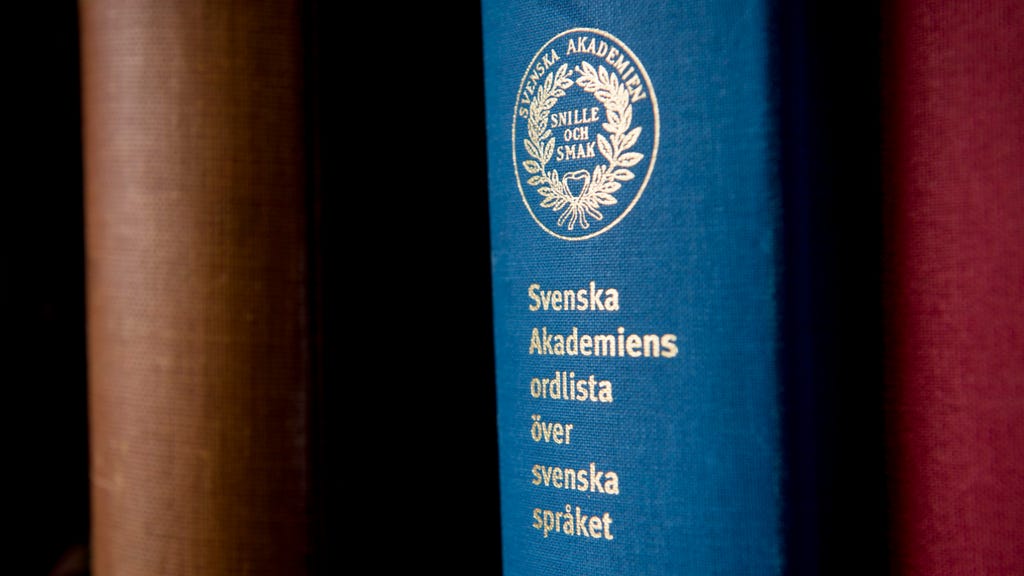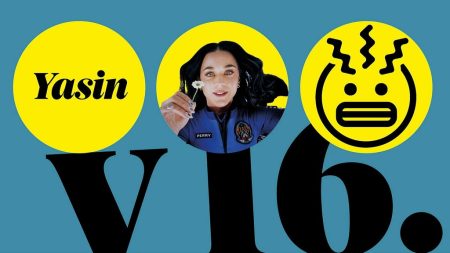This text represents the results of a 12-question vocabulary quiz. The initial message indicates that JavaScript must be enabled to take the quiz. The bulk of the text displays the questions and answer choices, however, the user’s selected answers are missing, replaced by placeholders. Following the questions, the text presents statistical performance data, including the distribution of correct answers among other quiz takers and a comprehensive answer key. While the user’s specific score isn’t displayed, the correct answers and the percentage of other users who answered each question correctly are provided. Finally, contact information for reporting errors or providing feedback is included.
The quiz tested knowledge of relatively sophisticated vocabulary. Words like ”omsorg” (Swedish for care), ”realisera” (realize), and ”spinkig” (thin) represent a moderate level of difficulty. Other words, such as ”eldorado,” ”diversion,” and ”asteni” (asthenia), pose a greater challenge, suggesting the quiz targeted individuals with a more advanced vocabulary. The inclusion of words like ”koral” (chorale) and ”rabbis” indicates a potential focus on religious or musical terminology, though the overall theme is not explicitly defined. The variety in difficulty level suggests the quiz might aim to assess a broad range of vocabulary knowledge.
The statistical data provides insights into the relative difficulty of each question. For instance, questions like ”Vad betyder omsorg?” and ”Vad betyder realisera?” had high success rates (100% and 98% respectively), suggesting these words are commonly understood. Conversely, questions like ”Vad betyder bekyttad?” and ”Vad betyder asteni?” had significantly lower success rates (40% and 48%), indicating these words are less familiar to the average quiz taker. This data allows for an assessment of both individual performance relative to others and the overall difficulty of the vocabulary tested.
The answer key, while lacking the user’s responses, confirms the correct definitions for each word. This provides a learning opportunity, allowing users to identify their mistakes and expand their vocabulary. The inclusion of a ”Fördjupning” (deepening) section after each answer suggests the potential for further explanation or etymological information, though the content of these sections is not provided in this text. The absence of the user’s choices makes it impossible to determine their specific areas of strength and weakness.
The distribution of correct answers among other quiz takers provides a valuable benchmark for interpreting individual performance. The percentages associated with each score level allow users to see where they stand compared to others. For example, the most frequent scores appear to be clustered around 9 and 10 correct answers, with declining percentages for both higher and lower scores. This indicates that the quiz was challenging but not insurmountable for a significant portion of takers.
The quiz format and content suggest a focus on vocabulary acquisition and assessment. The multiple-choice format encourages active recall and discrimination between similar or related word meanings. The range of difficulty and variety of vocabulary domains tested make it a suitable tool for assessing lexical knowledge across different levels of proficiency. The inclusion of statistical data and an answer key enhance the learning potential of the quiz, providing users with feedback and opportunities for further exploration. However, the lack of user-selected answers limits the analysis of individual performance beyond comparing their potential score to the overall distribution.














